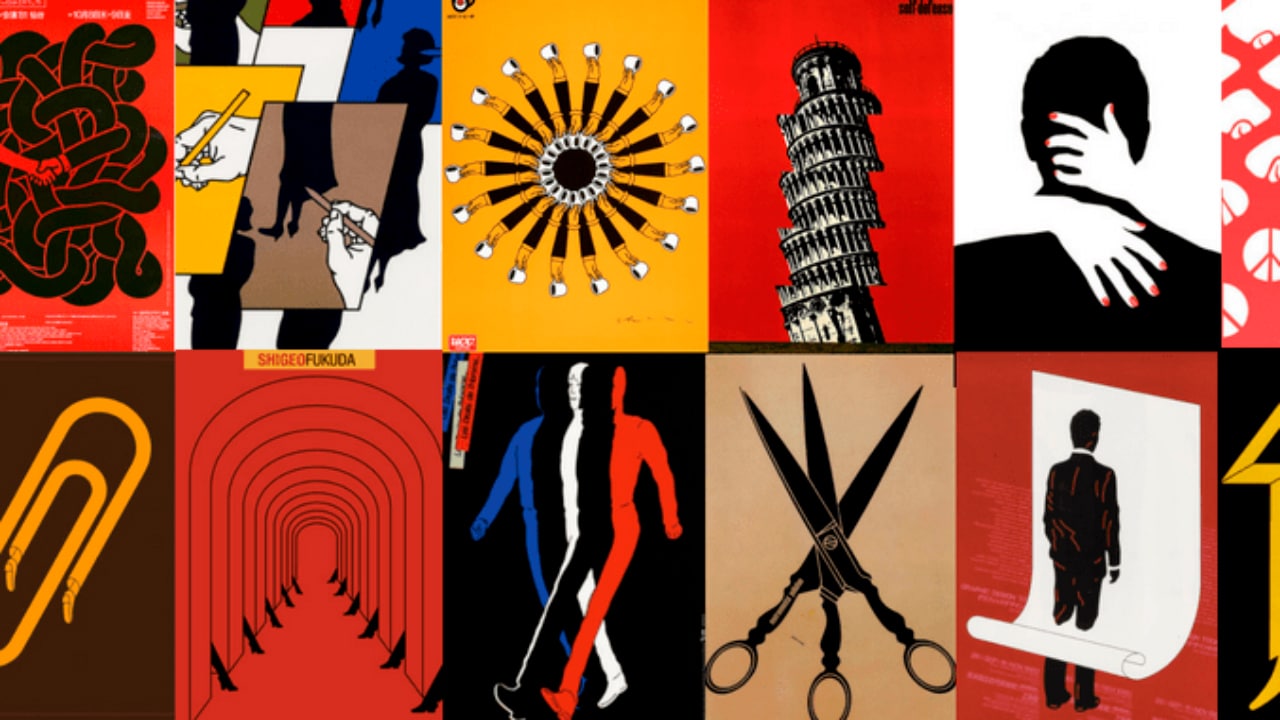
We cannot talk about graphic design without thinking of Japan, they are one of the most important elements when it comes to visually communicate messages or ideas.
Today we will talk about the japanese posters and therefore of Japanese graphic design which stands out above others and is easy to recognize by those who observe them. Japanese works are easily recognized by their use of colors, fonts, and lines.
La so simple aesthetic stands out in japanese style. They say that the Japanese is an individual endowed with art at all levels and that he always seeks balance and beauty. So designers contribute to this trend of beauty, cleanliness and good taste.
One of the most outstanding aspects of Japanese graphic design would be the adaptability, this trait is related to wisdom.
An ancient art
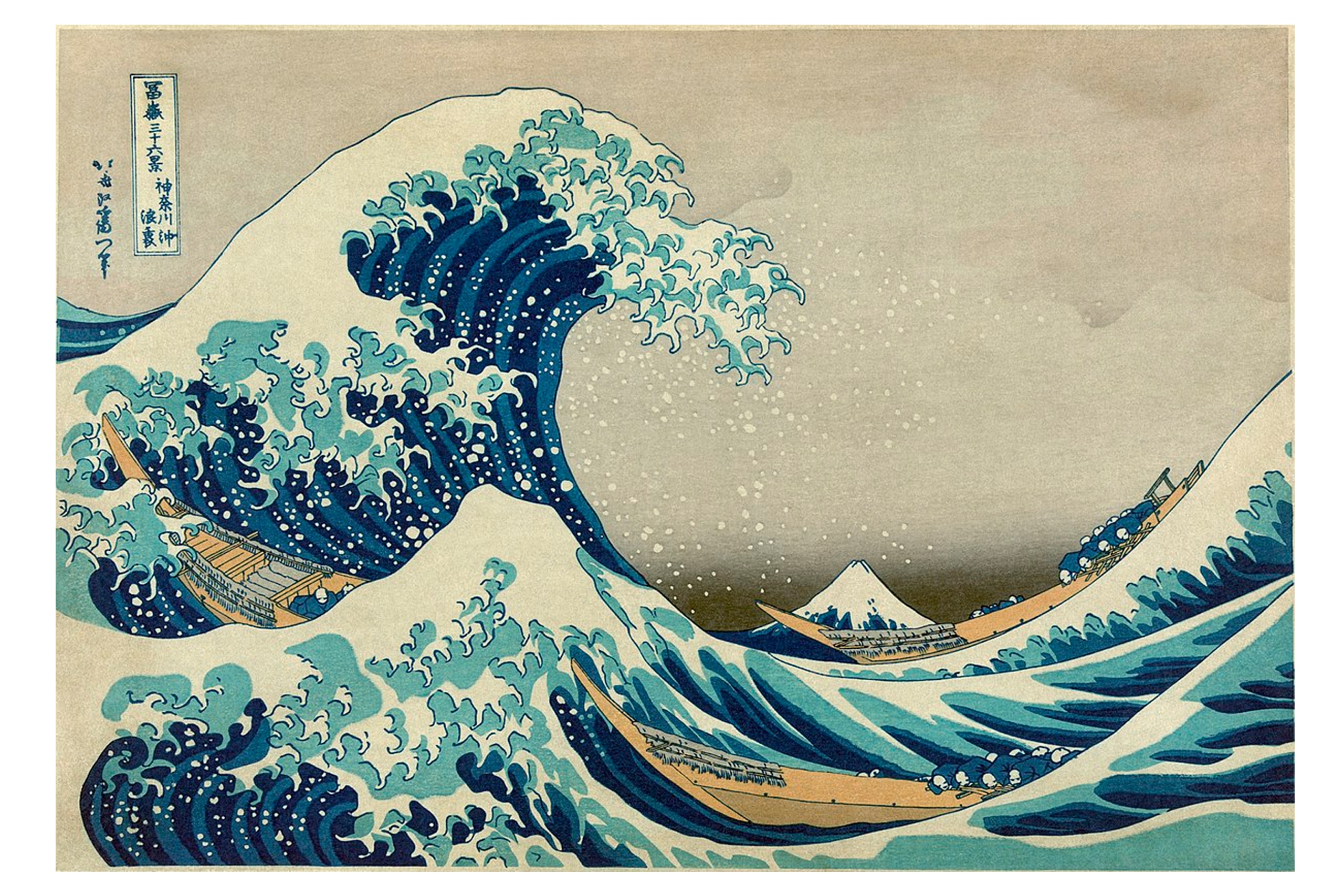
Japan is one of the countries that has most influenced the art world thanks to their contributions such as their architecture and plastic arts.
In the Edo period from 1603 to 1868 the Japanese poster art begins to be developed by the artists of the moment. It goes from mural to paper as a support to carry out the creations. In this period, works created by artists of the Rinpa school and ukiyo-e paintings and prints appear.
For a long time they created posters based on intuition, emotions through simple strokes and symbolism. Thanks to the art schools and the teachers who gave lessons, the first poster artists, illustrators, and engravers appeared, among other functions.
Since then, Japan and the history of graphic design have been linked and absorbed various influences of Russian constructivism, of the De Stijl movement, the Bauhaus and above all of all Western culture after World War II.
Mixing all these influences plus his taste for ancestral traditions, we have Japanese graphic design as a result.
In 1868, Japan became the second economic force in the world which helped the growth of their products, in terms of marketing, communication through their logos... It was then that Japanese graphic designers came into play, contributing their characteristic style.
Elements that make up the design of Japanese posters
La way of composing, colors or the use of geometry are three of the essential aspects in the Japanese style. Japanese design has created its own language due to its originality in the use of typography and pictographic signs.
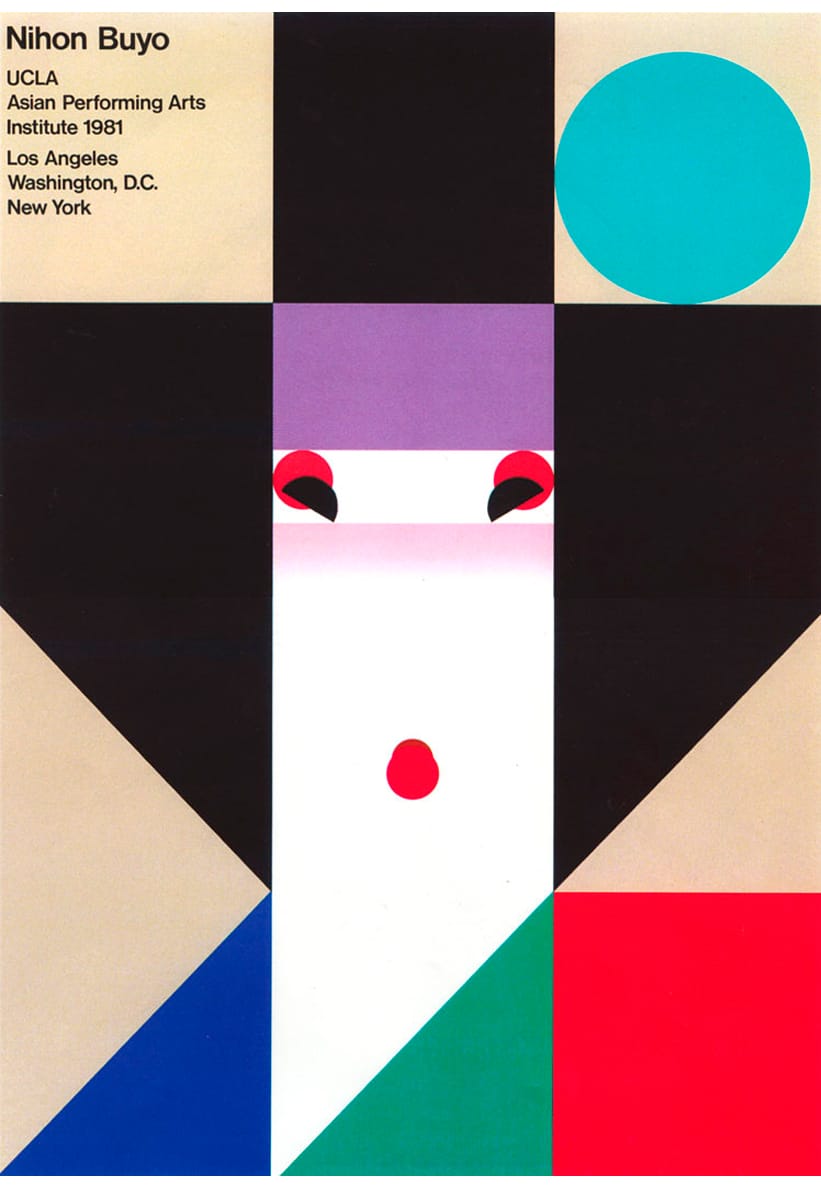
All the typefaces used in japanese design are limited and this helps the logos of the brands they work with stand out on the poster.
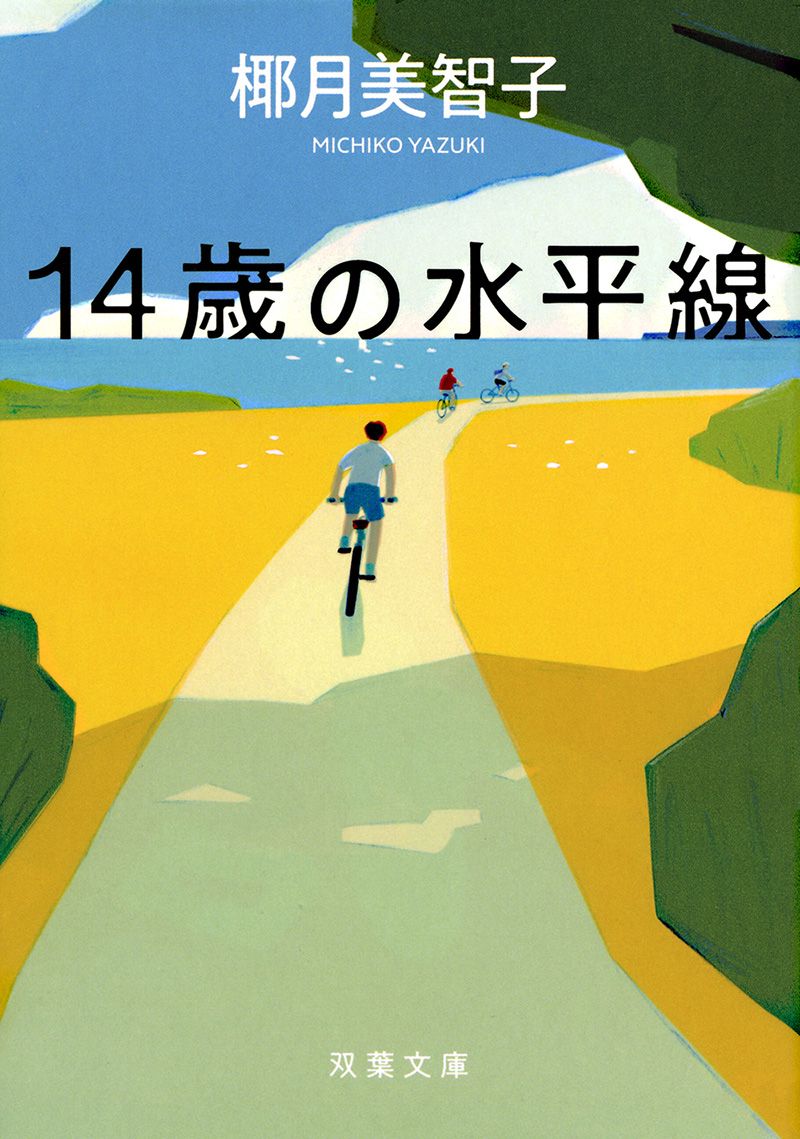
To understand Japanese aesthetics, you have to understand their philosophy of life, which is why we find ourselves in front of such detailed pieces. Japanese graphic design play with imperfection being able to find asymmetries pieces or the use of odd numbers that in many occasions is how that imperfection of which we speak is represented.
The modern is mixed with the asymmetrical, this trend is known as Wabi-Sabi, what it means is that see beauty in the imperfect. Give value to the simple and clean through intuitive designs.
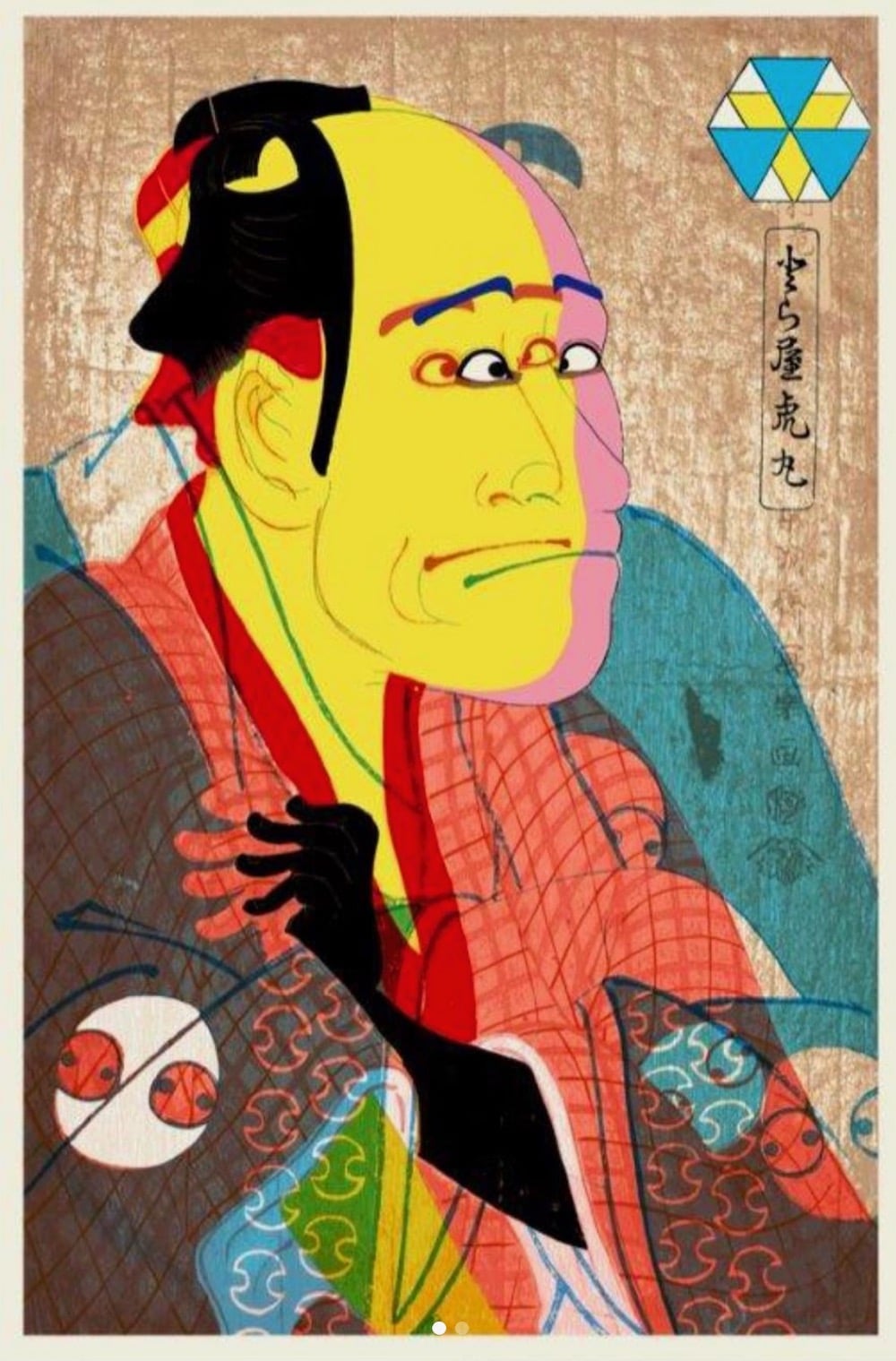
One of the most characteristic symbols of Japanese design is the use of floral patterns always present in Japanese culture to represent symbols or emotions. On the other hand, geometric figures or patterns reflect harmony.
To capture the attention of the younger public, designers include Japanese-inspired illustrations or what is the same, manga. These illustrations are characterized by their large eyes, small nose and mouth, and close gestures. They are usually the main part of the poster.
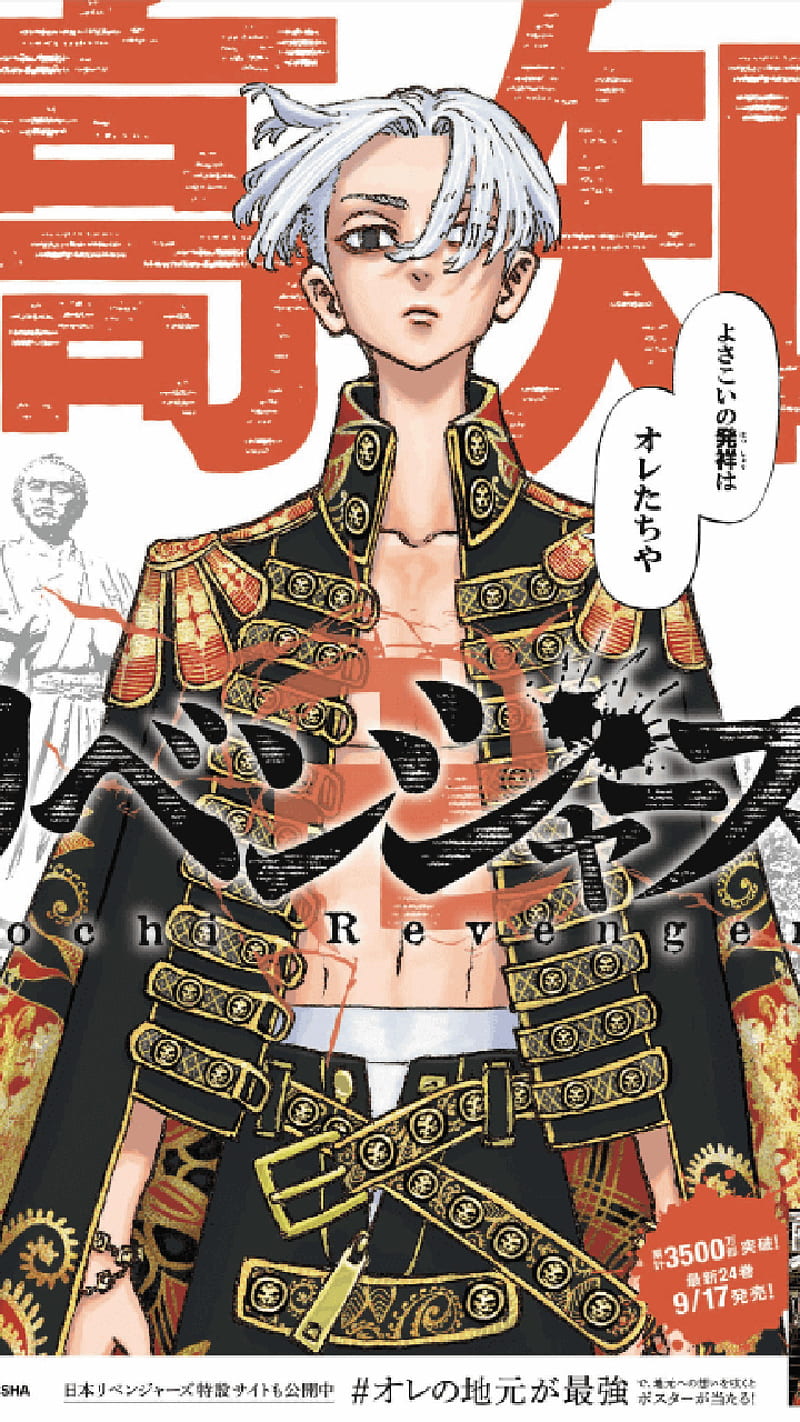
Another trend present in Japanese posters is related to what kawaii, with the culture of the sweet, the tender. This helps build trust and brings the brand closer to the user. They create feelings of kindness, joy, always positive things.
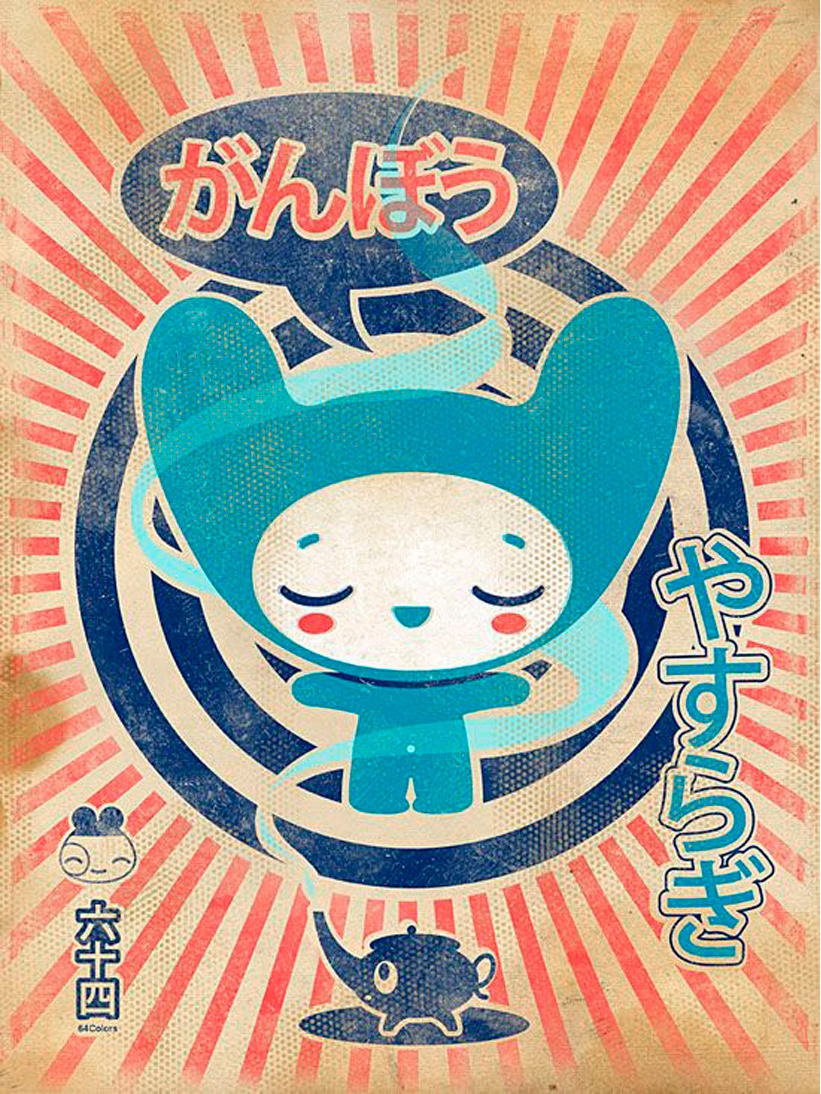
As we have already mentioned, Japanese design takes into account ancient and traditional symbols, such as calligraphy. Drawing letters is considered an art that few manage to achieve. It is common to see drawn letters on posters that leads to mixing the modern with the classic.
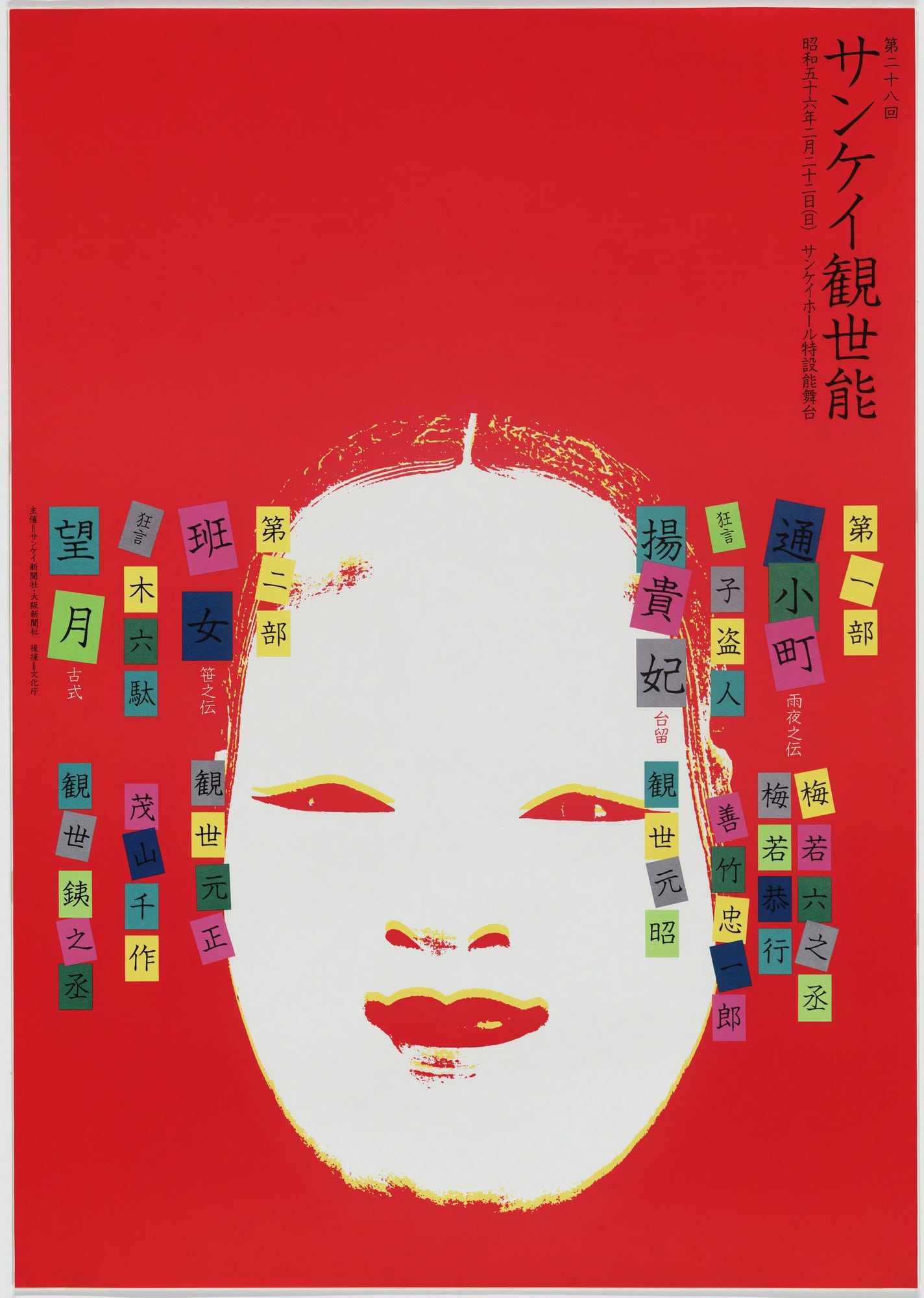
Best Japanese Graphic Designers
The aesthetics of Japanese graphic design is and will always be recognized around the world, it has received numerous awards thanks to its best-known representatives.
We do not want to close this article without mentioning the most influential Japanese graphic designers.
Shigeo Fukuda. Born in Tokyo in 1932. Designer with his own style in which the use of optical illusions stands out. Influenced by the origami trend. His hallmark is his use of black illustrations on brightly colored backgrounds.
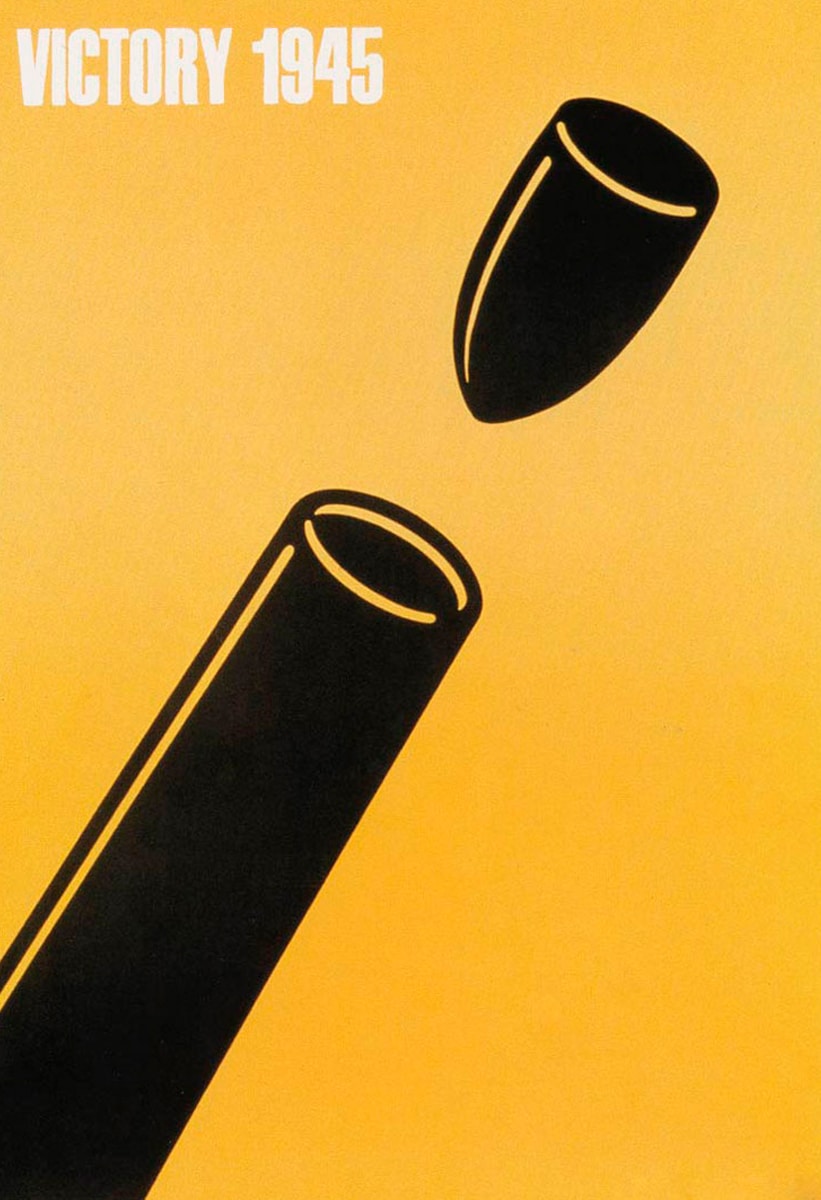
Yugo Nakamura. Born in Nara, Japan in 1970. They call him the genius of flash and he is known as one of the best designers in the world.
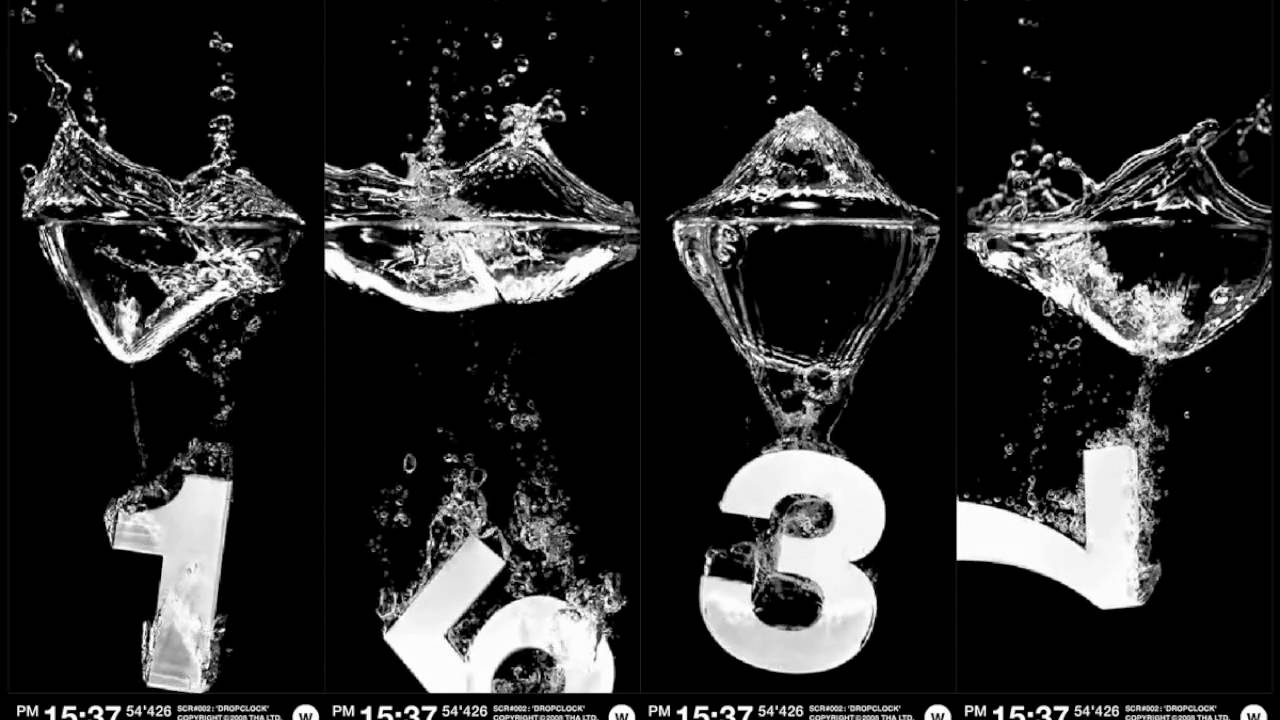
Ikko tanaka. Born in Nara, Japan in 1930. His work after his death continues to be an inspiration for new artists. He combined the Eastern style with the Western.
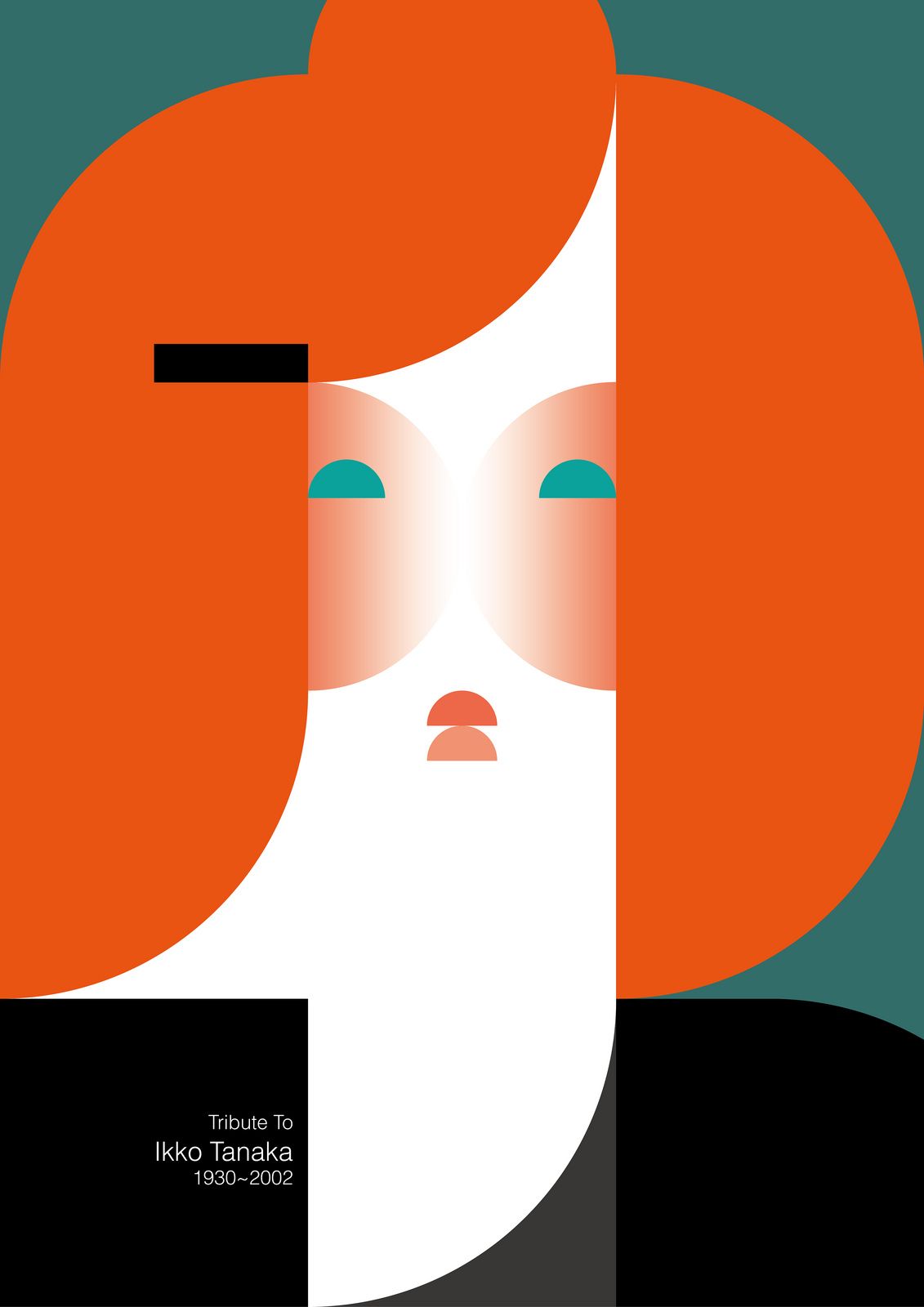
Ryūichi Yamashiro. Born in Japan in 1920. Considered a legend in design and advertising. One of his best known works is “Forest”, a typographical poster.
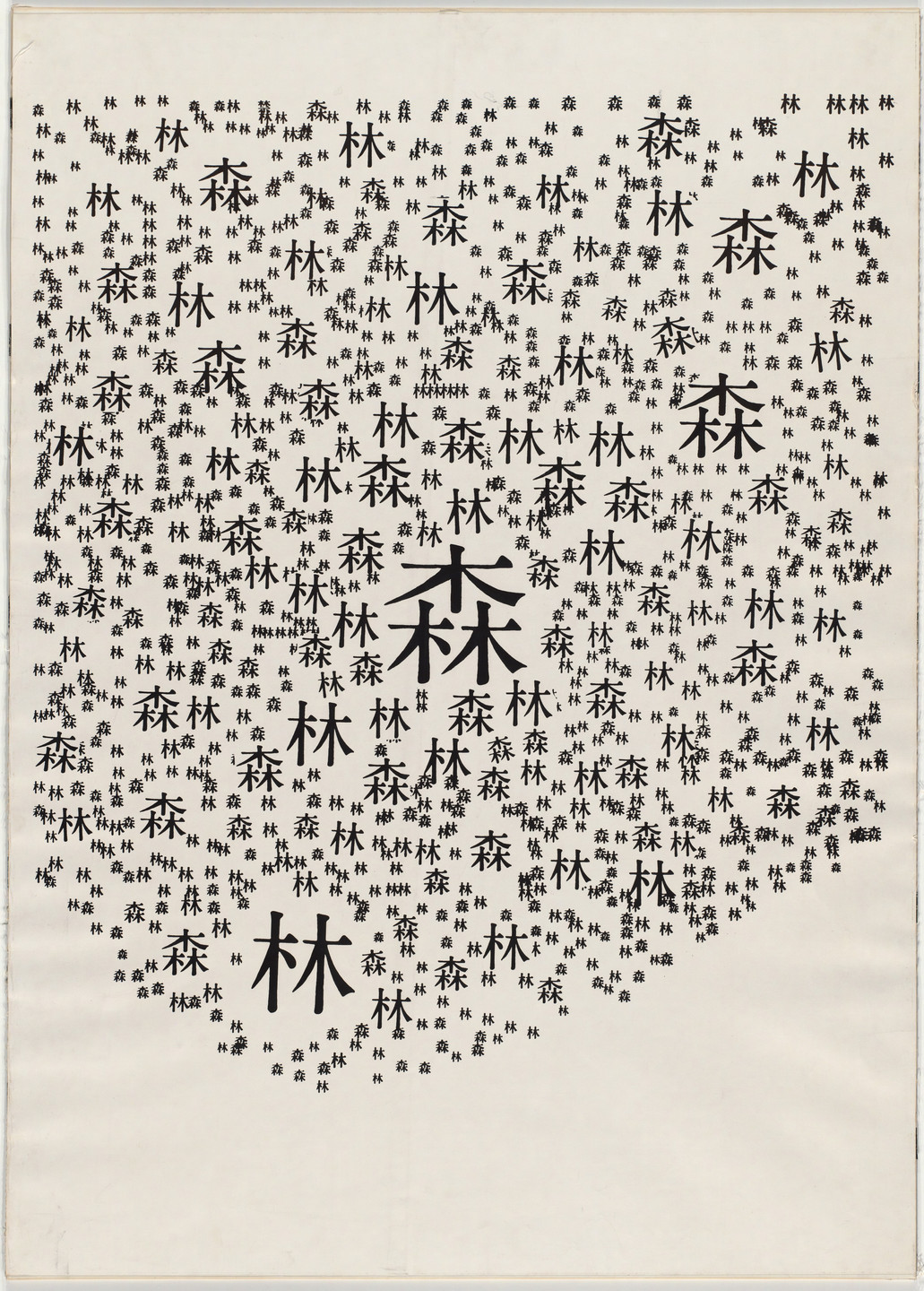
kazumasa nagai. Born in Osaka, Japan in 1929. Graphic designer and poster artist. Winner of multiple awards for his posters. His work refers to the tradition of Japanese art.
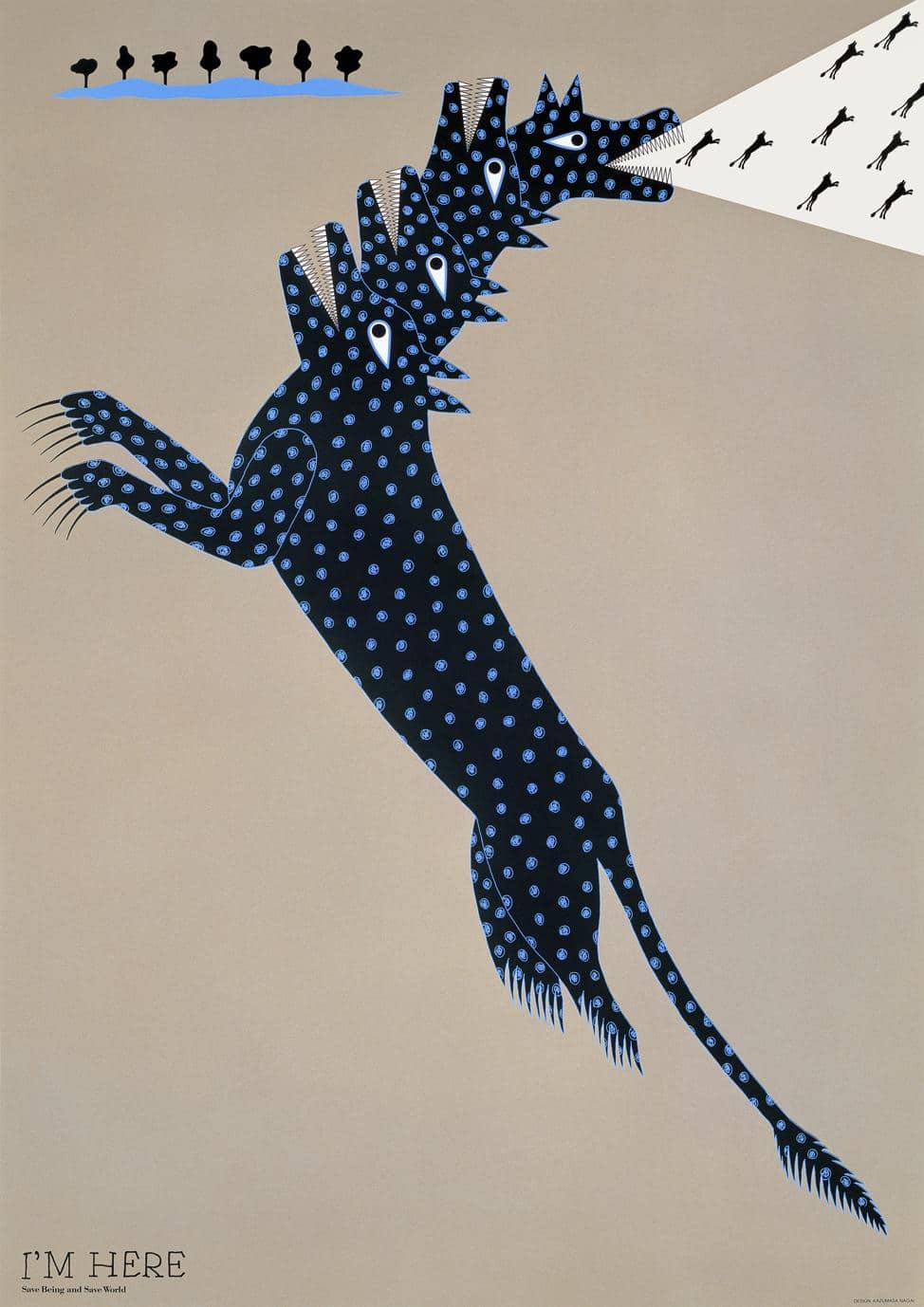
Tadanori Yokoo. Born in Japan in 1936. One of the most successful designers and artists.
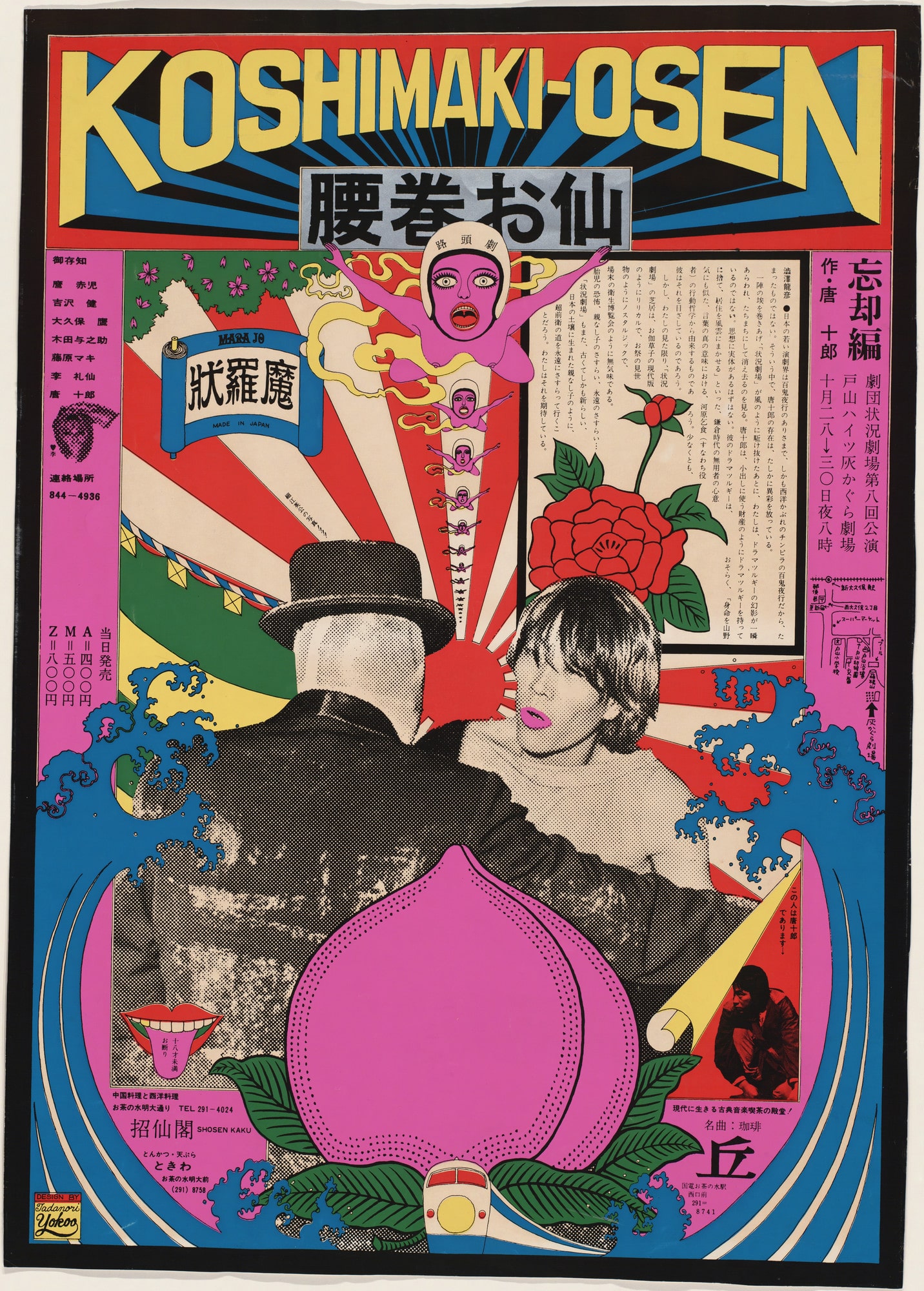
In conclusion, we can point out that Japanese graphic design is particular and we can recognize it if we have it in front of us because it has a great synthesis capacity, removes the unnecessary without losing its original message. We can classify it within the minimalist design, it is a design without complications, only the main thing is represented. You have to show creativity naturally and spontaneously without pretensions.
Combine the use of colors bright, especially red, gold and black, with cold colors and pastel shades. The Japanese are not afraid to experiment with color and that is why they create combinations that seem impossible.
We can learn a lot thanks to the Japanese culture when making our own designs, in this culture there is much to explore. Many Western designers have taken references from Japanese graphic design to create their own style. It is not uncommon to mix the modern with the old, great Japanese artists did it and achieved great designs that are still a benchmark today.
A clear idea if you want to work with the Japanese style is that you can express a lot with little, you have to simplify to convey better.